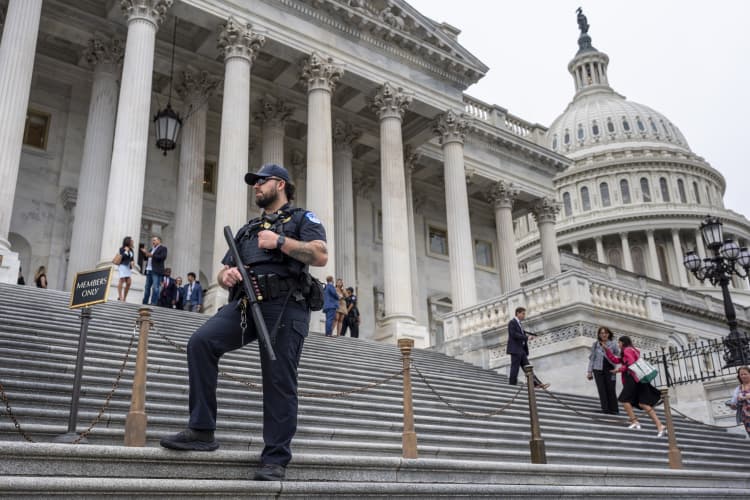Control of the House Dependent on Blue States
The balance of power in the House of Representatives, currently under Republican control, will likely be decided by 42 of the most competitive races, according to the most recent ratings by the Cook Political Report. Eight of those races are in deep blue states.
Republicans could maintain control of the lower chamber by winning 11 of the 26 seats rated as “toss-ups” by Cook if they also manage to secure those 15 seats rated as Likely or Lean Republican. Republicans have 14 incumbents in those toss-up seats, and there are three open toss-up seats.
Several of the toss-up seats are in swing states – there are two in Arizona, two in Michigan, two in Pennsylvania, and one in North Carolina. Perhaps surprising is the fact that New York and California – two staunchly Democratic states – have more toss-ups (three and five respectively) than any other states. In these eight races, Democrats seek to unseat Republican incumbents.
In theory, these two states offer a straightforward path for Democrats to flip the House, where the GOP holds just a four-seat majority. Yet swing districts in blue states do not necessarily perform the same as swing districts in swing states.
The 2022 midterms exemplify this: Democrats were able to stave off a “red wave” in large part by hammering on abortion access in the months after Roe v. Wade was overturned. But it was difficult for Democrats to capitalize on Roe-related fear or anger in blue states like New York and California, where voters didn’t feel their access to the procedure was at risk. Yet some observers think that events of the past two years will have kicked blue-state voters into high gear.
“In 2022 in blue states like California and New York, voters felt a little complacent,” Rep. Josh Harder (D-CA) told the New York Times, nodding to reproductive rights. “They believed they weren’t under threat here the same way it was under threat in Wisconsin and Michigan. I think that complacency was absolutely misplaced. I think it’s also gone away.”
Down-ballot Democrats have seen a boost in support since Vice President Kamala Harris received a belated baton from President Joe Biden in late July. There was an onrush of donations, volunteers, and enthusiasm for the party that had been lacking with Biden as the candidate.
Election analyst David Wasserman of the Cook Political Report notes that Harris’ influence is likely most dramatic in districts with a disproportionate number of minority voters, like the Latino-heavy Central Valley of California, or around New York City, which has a higher proportion of black voters than much of the rest of the country.
“She has had the most positive impact in places with large nonwhite populations, which were really dormant in the spring and summer and now are headed for higher turnout than they would have had Biden remained the nominee,” said Wasserman.
Harris might be helping her party’s congressional candidates, but she remains in a dogfight of her own: up 1.7 points in the RCP National Average and down 0.7 points in the RCP Battleground State Average, Harris will have to hope that her down-ballot influence has a boomerang effect. With the House, the Senate and the presidency all up for grabs, November is likely to bring political realignment to Washington.
2024 Key Senate Races
Get caught up on the most important polling for the most consequential races of 2024.

